 To enhance service speed and avoid tariff delays, we've opened a US warehouse. All US orders ship directly from our US facility.
To enhance service speed and avoid tariff delays, we've opened a US warehouse. All US orders ship directly from our US facility.
| Cat. No. | Product Name | Field of Application | Chemical Structure |
|---|---|---|---|
| DC11038 | Bryostatin 1 Featured |
Bryostatin 1 (NSC 339555) is a macrocyclic lactone derived from a marine invertebrate, fuctions as an activator of PKC with high binding affinity (Ki=1.35 nM).
More description
|
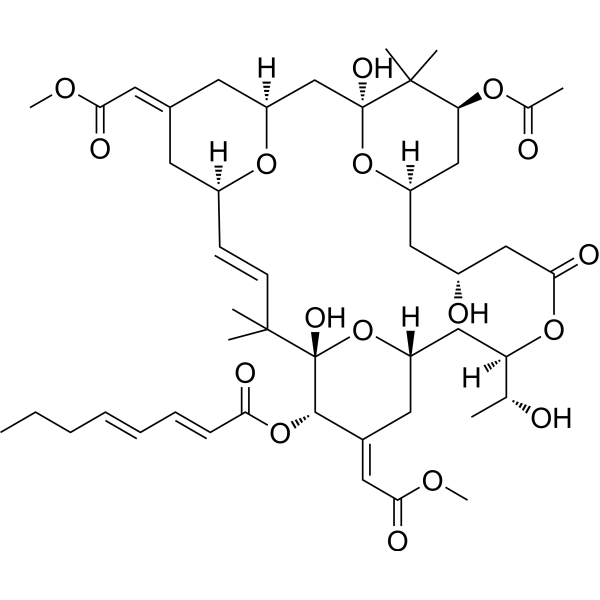
|
| DC71349 | NF340 Featured |
NF340 is a potent and selective P2Y11 receptor antagonist. NF340 inhibits the activity of P2Y11R by completely combining with ATP-binding amino acid residues. NF340 ameliorates inflammation in human fibroblast-like synoviocytes and can be used for rheumatoid arthritis research.
More description
|
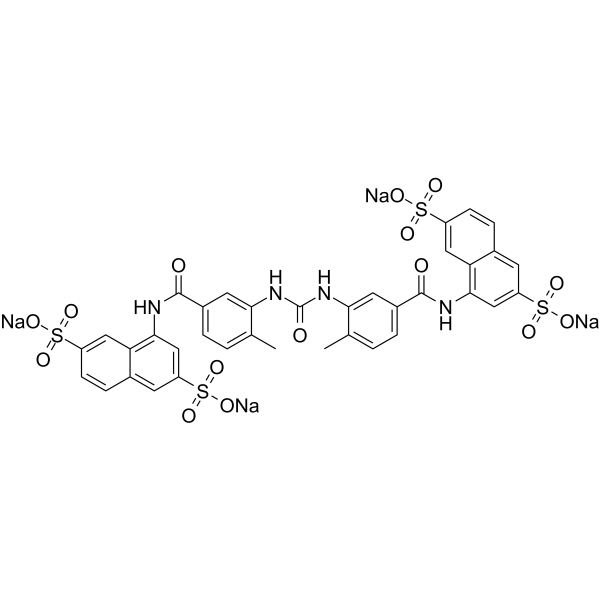
|
| DC8808 | BX 513 hydrochloride Featured |
BX-513 hydrochloride inhibits MIP-1α-induced intracellular calcium mobilization (IC50 = 2.5 μM).
More description
|
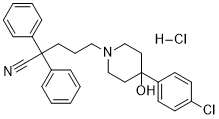
|
| DC8592 | Sivelestat (sodium salt hydrate) Featured |
Sivelestat(ONO5046; LY544349; EI546) is a competitive inhibitor of human neutrophil elastase(IC50 = 44 nM; Ki=200 nM); also inhibited leukocyte elastase obtained from rabbit, rat, hamster and mouse.
More description
|
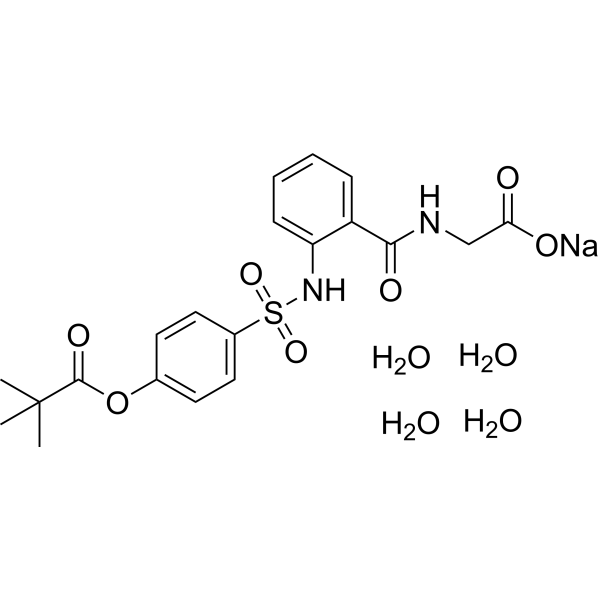
|
| DC25075 | Sivelestat sodium Featured |
A potent, specific and competitive inhibitor of human neutrophil elastase with IC50 of 44 nM.
More description
|
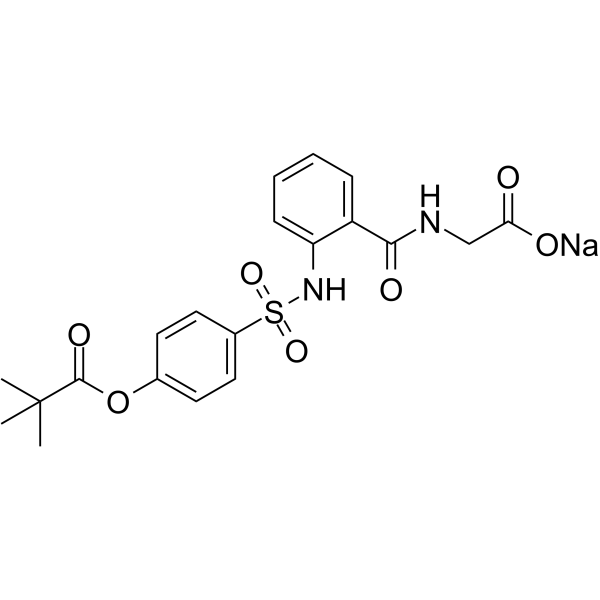
|
| DC72939 | KKL-55 Featured |
KKL-55 is a specific small molecule inhibitor of bacterial trans-translation by binding to longation factor thermo-unstable (EF-Tu, Kd=2 uM), inhibits binding between EF-Tu and tmRNA but not between EF-Tu and tRNA, has broad-spectrum antibiotic activity.
More description
|
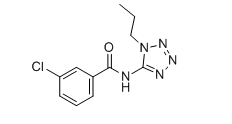
|
| DC76915 | 3-Epideoxycholic acid Featured |
3-Epideoxycholic acid is the microbial metabolite of Deoxycholic acid. 3-Epideoxycholic acid targets FXR of dendritic cells, reduces their immunostimulatory properties, promotes the generation of Treg cells, and exhibits anti-inflammatory activity. 3-Epideoxycholic acid promotes the growth of bacteria Bacteroides.
More description
|
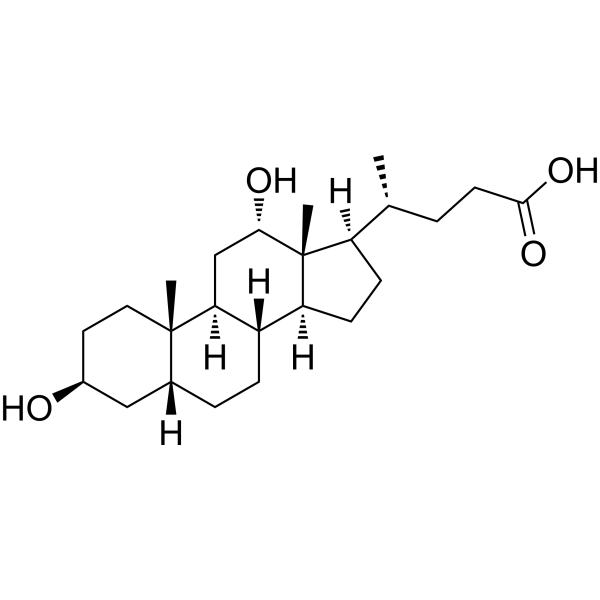
|
| DC72584 | M47 Featured |
M47 is a small molecule that selectively destabilizes Cryptochrome 1 (CRY1) and increases degradation of the CRY1 in the nucleus. M47 enhances apoptosis in Ras-transformed P53-deficient mouse skin fibroblast lines and enhances life span in p53 knockout mice. M47 can be used in research of cancer.
More description
|
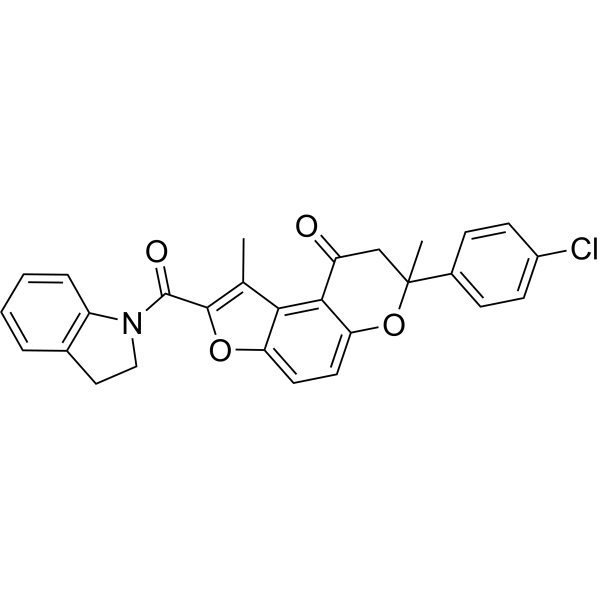
|
| DC73063 | MU-UNMC-2 Featured |
MU-UNMC-2 is a potential small-molecule inhibitor of S-RBD and ACE-2 interaction, shows antiviral activity against SARS-CoV-2 with IC50 of 1.72 uM in human bronchial epithelial cells.
More description
|
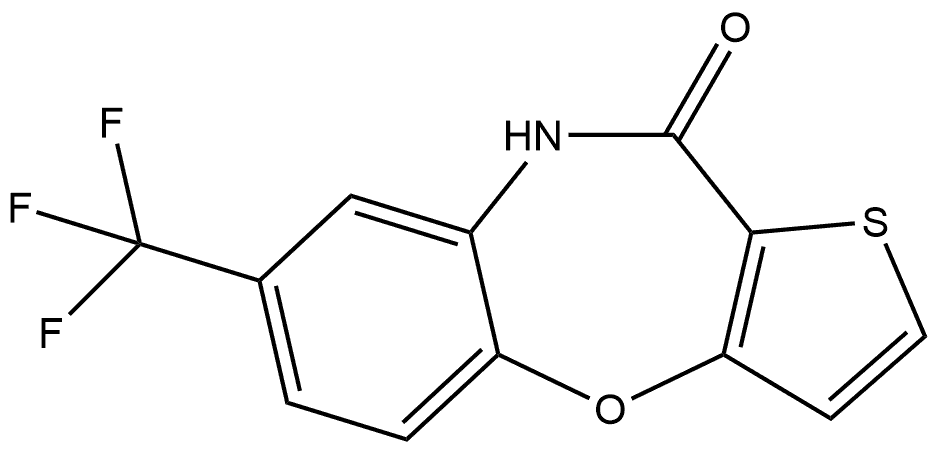
|
| DC73397 | BPRCX807 |
BPRCX807 (BPRCX-807) is a highly selective and potent CXCR4 antagonist with binding IC50 of 40.4 nM and EC50 of 48.1 nM for cell-mobility activity in the chemotaxis assays, inhibits CXCL12-mediated cell signaling pathway.
More description
|
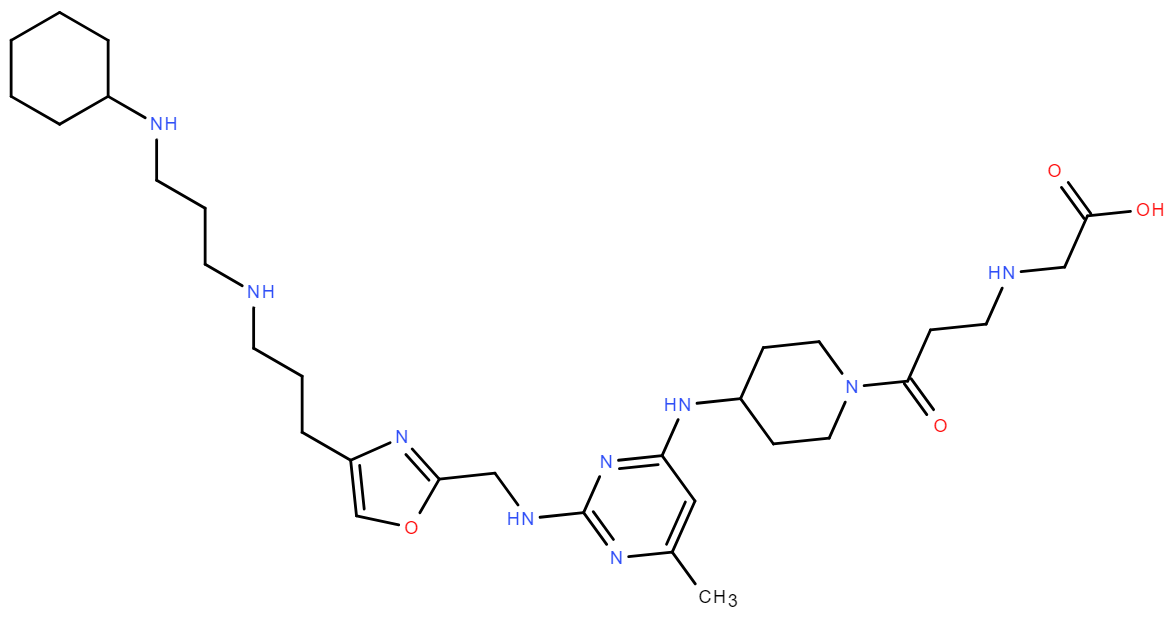
|
| DC73396 | BPRCX714 |
BPRCX714 (BPRCX 714) is a highly selective and potent CXCR4 antagonist with binding IC50 of 34.2 nM, effectively inhibits CXCL12-induced movement of CCRF-CEM cells with EC50 of 13.7 nM.
More description
|
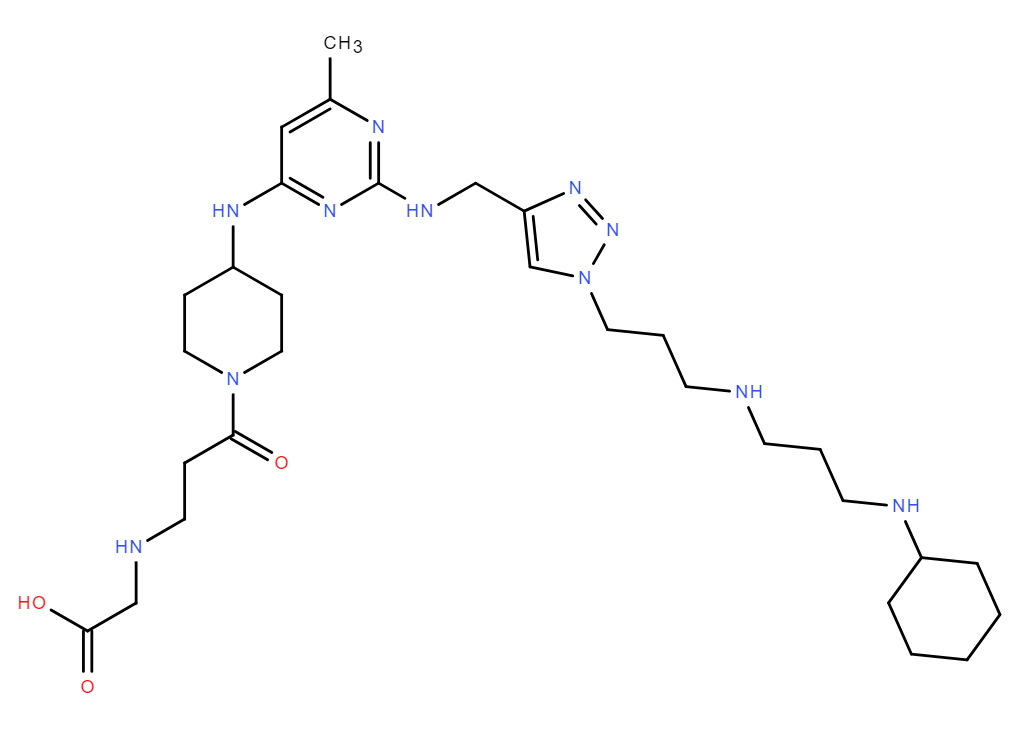
|
| DC31451 | CCS-1477(CBP-IN-1) Featured |
CCS-1477 is a potent and selective p300/CBP bromodomain inhibitor, is targeted & differentiated from BET inhibitors in prostate cancer cell lines in vitro. Combination of CCS1477 & JQ1 resulted in a highly synergistic inhibitory effect on proliferation in normal 22Rv1 cells. Global gene expression analysis revealed significantly fewer altered genes after CCS1477 (27 up, 119 down) compared to JQ1 (196 up, 655 down).
More description
|
.gif)
|
| DC7723 | OTS-964 Featured |
OTS964 is a novel TOPK(T–lymphokine-activated killer cell–originated protein kinase) inhibitor.
More description
|

|
| DC26003 | OTS-964 HCl Analogue Featured |
Novel PDZ binding kinase (PBK) inhibitor.
More description
|
.png)
|
| DC43955 | 4α-Methylcholesterol Featured |
4α-Methylcholesterol is a Cholesterol derivative. 4α-Methylcholesterol can oxidize 3-hydroxy steroid, with the apparent Km of 12.6 μM.
More description
|
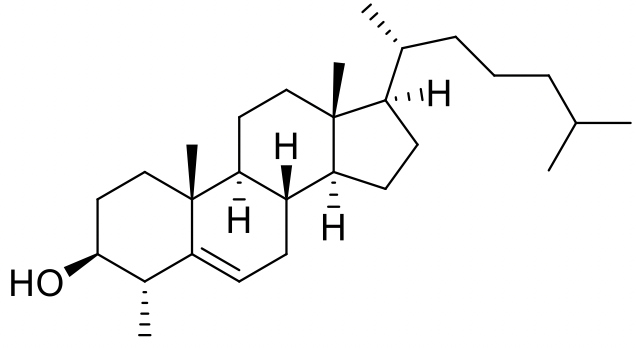
|
| DC21557 | RB-011 Featured |
A small molecule that disrupt 14-3-3 dimers at low micromolar concentrations and induce rapid down-regulation of Raf-MAPK and PI3K-Akt signaling in Jurkat cells.
More description
|

|
| DC45677 | 5α-Cholesta-7,24-dien-3β-ol Featured |
5α-Cholesta-7,24-dien-3β-ol, a sterol, can be found in hamster cauda epididymal mature spermatozoa.
More description
|
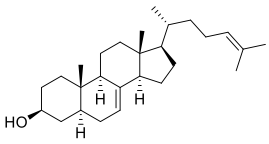
|
| DC32956 | Desmosterol Featured |
Desmosterol is an endogenous agonist of RORgamma; Intermediate in the synthesis of cholesterol.
More description
|
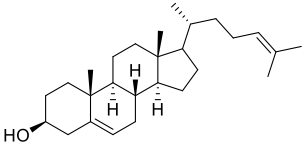
|
| DC12188 | Lathosterol Featured |
Lathosterol is a cholesterol-like molecule. Serum Lathosterol concentration is an indicator of whole-body cholesterol synthesis.
More description
|

|
| DC12199 | Cholestenone Featured |
Cholestenone is the intermediate oxidation product of cholesterol.
More description
|

|
| DC11393 | CDM-NAG Featured |
CDM-NAG is a useful tool compound to deliver the siRNA.
More description
|
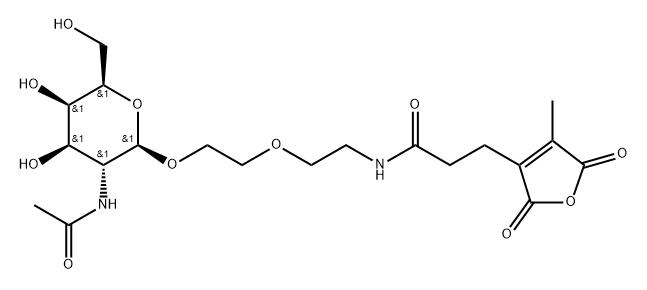
|
| DC74041 | JSD26 Featured |
JSD26 is a selective S-nitroso-coenzyme A reductase 2 (SCoR2; AKR1A1) inhibitor with Ki of 93 nM, 10-fold selectivity over AKR1B1.
More description
|
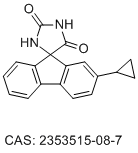
|
| DC76071 | VV261 Featured |
VV261 is an orally active Influenza Virus inhibitor. VV261 has demonstrated activity against severe febrile thrombocytopenia syndrome virus (SFTSV) and lymphocytic choriomeningitis virus (LCMV) (EC50: 0.89 and 0.15, respectively).
More description
|
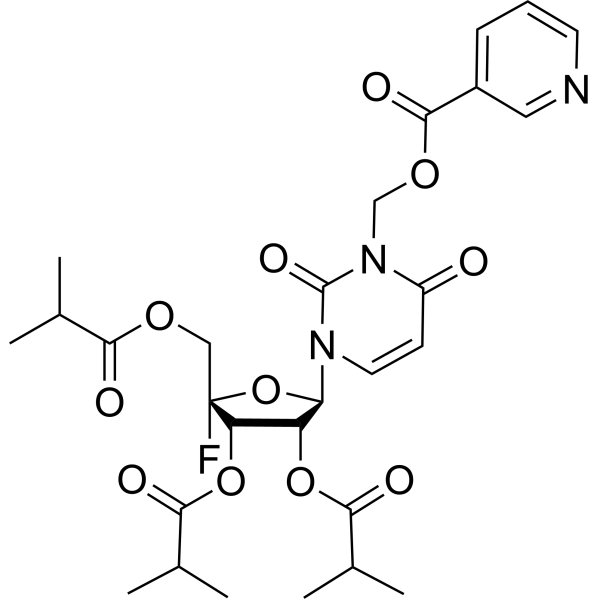
|
| DC73903 | Antabactin Featured |
Antabactin (ANT) is a highly potent pan-abscisic acid (ABA) receptor antagonist with EC50 of 760 nM and picomolar dissociation constant, disrupts signaling by preventing receptor-PP2C interactions.
More description
|
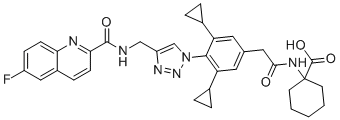
|
| DC1022 | ABT-737 Featured |
ABT-737 is a BH3 mimetic inhibitor of Bcl-xL, Bcl-2 and Bcl-w with EC50 of 78.7 nM, 30.3 nM and 197.8 nM, respectively.
More description
|
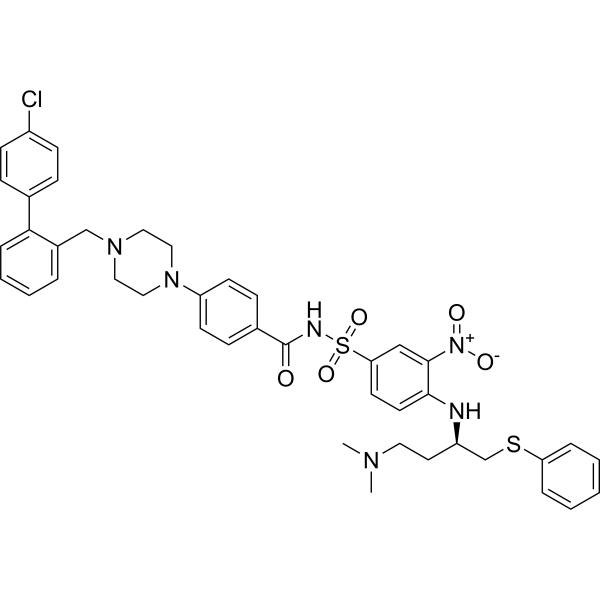
|
| DC74282 | HY041004 Featured |
HY041004 is the first small molecule inhibitor of deubiquitinase Josephin Domain-containing protein 2 (JOSD2) with IC50 of 0.26 uM for JOSD2 catalytic activity inhibition.
More description
|
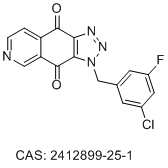
|
| DC38093 | Zelavespib (PU-H71) Featured |
Zelavespib (PU-H71) is a potent Hsp90 inhibitor, with an IC50 of 51 nM in MDA-MB-468 cells.
More description
|
.gif)
|
| DC70677 | PAR2 antagonist C391 Featured |
PAR2 antagonist C391 (C391) is a selective PAR2 antagonist, potently inhibits peptidomimetic-induced PAR2 Ca2+ signalling with IC50 of 1.3 uM.C391 blocks both PAR2 Ca2+ and MAPK signalling pathways activated by peptidomimetics and/or proteinase activation.C391 effectively attenuated compound 48/80-induced thermal hyperalgesia in vivo.C391 blocked A. alternata-induced, PAR2-dependent Ca2+ and MAPK signalling in 16HBE14o- cells, as well as β-arrestin recruitment in HEK 293 cells.C391 effectively attenuated A. alternata-induced inflammation, mucus production, mucus cell hyperplasia and airway hyperresponsiveness in acute allergen-challenged murine models.
More description
|
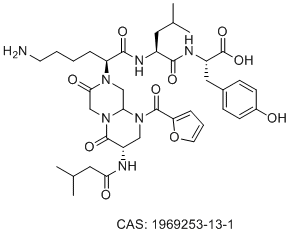
|
| DC74338 | DS03090629 Featured |
DS03090629 is a potent, selective, ATP-competitive and orally available MEK1/2 inhibitor, shows high affinity for the MEK protein regardless of its phosphorylation status (npMEK (inactive) Kd=0.11 nM, and pMEK (active) Kd=0.15 nM).
More description
|
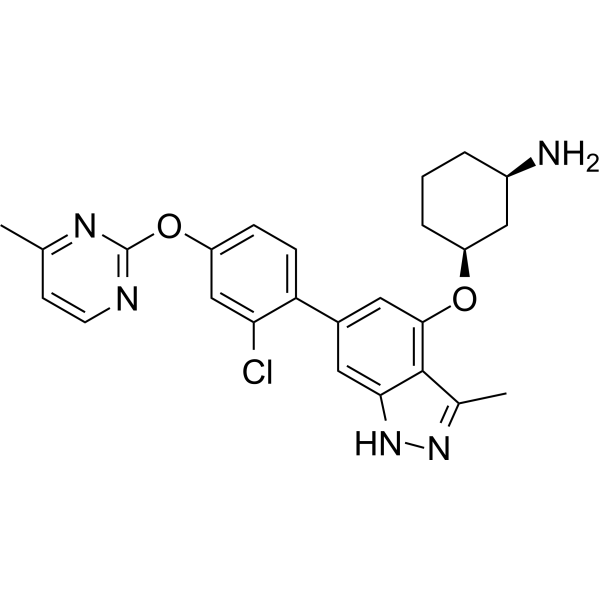
|
| DC7960 | (+)MK-801 maleate Featured |
Dizocilpine maleate(MK 801) is a potent N-methyl-D-aspartate (NMDA) receptor antagonist with Ki of 30.5 nM
More description
|
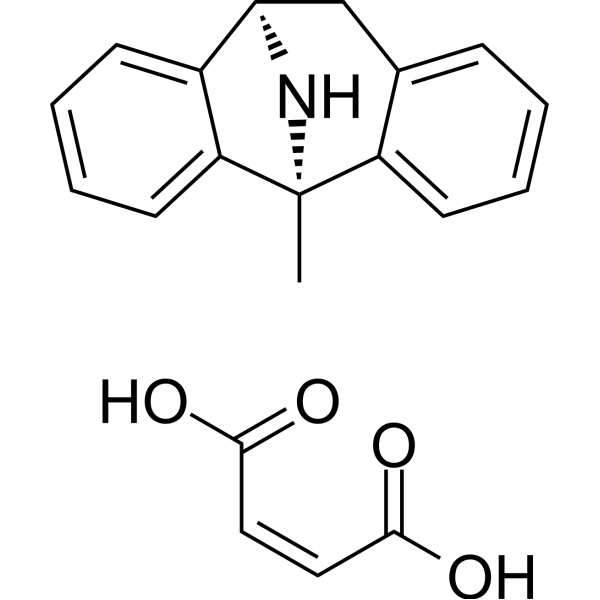
|